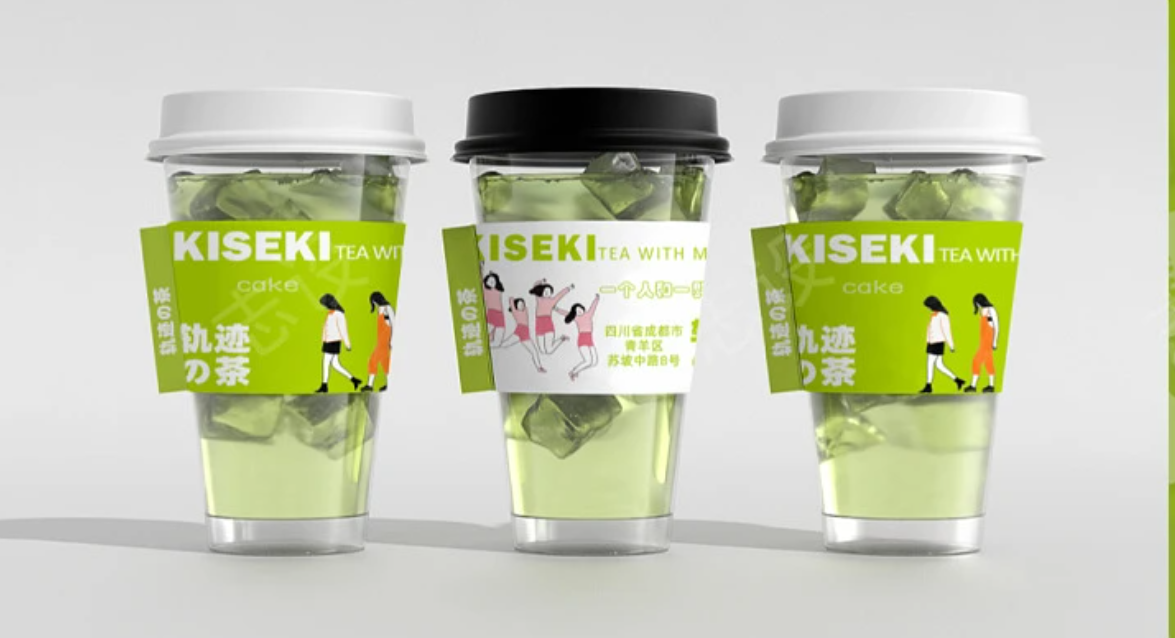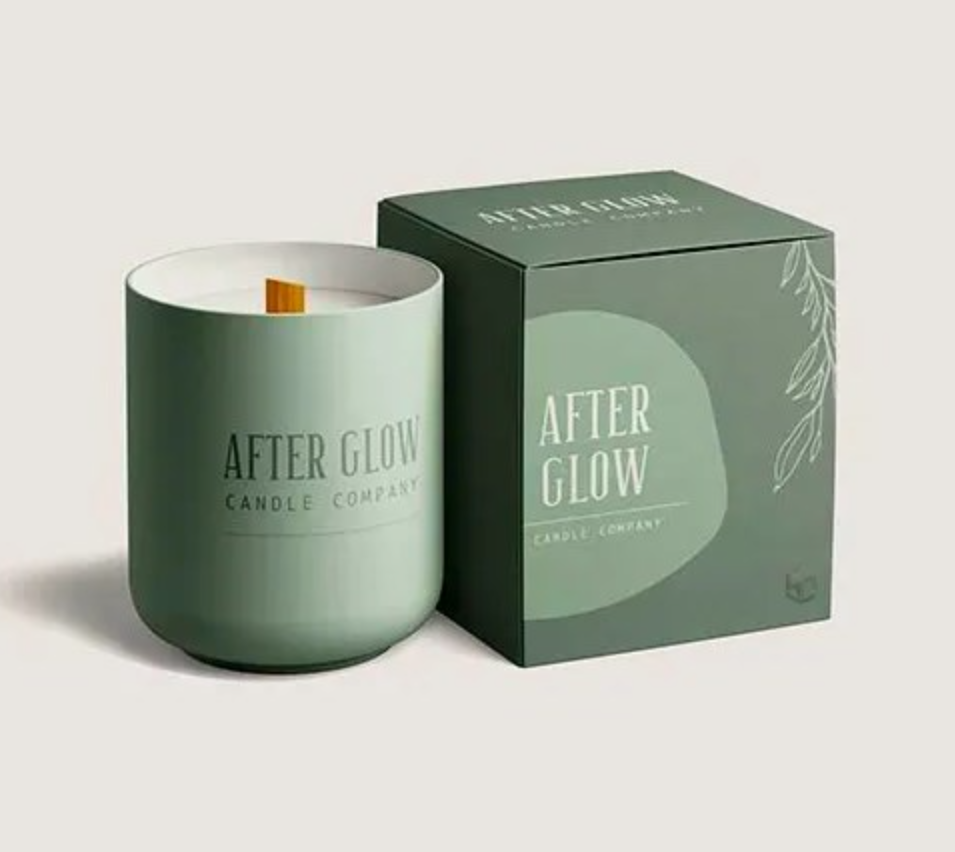Packaging plays a vital role in marketing and promoting products, enhancing their visual appeal, protecting them during transportation,
and providing essential information to consumers. In this article, we will delve into the structural features and design trends of packaging
boxes specifically designed for cup-style products. We will explore the latest design concepts, discuss the importance of packaging, and
conclude with personal observations.

Structural Features:
The structural features of packaging boxes for cup-style products are essential in preserving the product's integrity while creating an
eye-catching design. Several key features are worth considering:
1. Durability: Packaging boxes need to be robust enough to ensure the safe delivery and transportation of cup-style products. This can
be achieved through the use of high-quality materials and reinforced corners or edges.
2. Customization: With the increasing competition in the market, brands are focusing on unique packaging designs to differentiate their
products. Packaging boxes can be tailored to the specific cup shape and size, providing a snug fit and optimum protection.
3. Convenience: Easy handling and practicality are crucial factors for consumers. Packaging designs should include features such as handles,
openings, or tear strips for effortless unpacking and storage.
4. Sustainability: The growing concern for the environment has prompted the need for sustainable packaging solutions. Using eco-friendly
materials, employing recyclable designs, and reducing unnecessary waste are essential considerations in cup-style product packaging.

Design Trends:
To remain relevant in the market, packaging designs for cup-style products need to align with the latest trends. The following design concepts
have gained prominence in recent times:
1. Minimalist Approach: Simplicity is often the key to creating an impactful design. Minimalist packaging designs with clean lines, subtle color
schemes, and concise typography can convey a sense of elegance and sophistication.
2. Bold and Vibrant Colors: Packaging boxes that utilize bold and vibrant colors have a higher chance of attracting attention and standing out on
shelves. Color psychology plays a significant role in creating an emotional connection with consumers, influencing their purchasing decisions.
3. Illustrations and Patterns: Incorporating illustrations and patterns into packaging designs adds a creative and artistic touch. These visual elements
can evoke a particular theme or story, capturing consumers' interest and enhancing brand recognition.
4. Personalization: Customization is becoming more prevalent in packaging design. Brands are leveraging technology to personalize packaging boxes with
consumers' names, messages, or even customized graphics. This approach creates a unique and memorable experience for consumers.
Conclusion:
The design of packaging boxes for cup-style products should not be overlooked, as it plays a pivotal role in product presentation and consumer engagement.
By considering the structural features mentioned above and employing the latest design trends, brands can create visually appealing and functional packaging
solutions. Furthermore, incorporating sustainable practices can contribute to a positive brand image and address environmental concerns. As packaging
continues to evolve, it is vital for designers and brands to stay innovative and adapt to consumer preferences, ultimately creating a memorable experience
for consumers.





